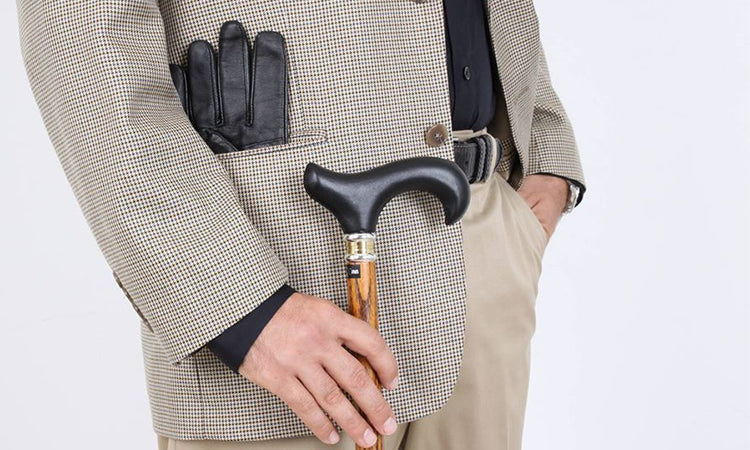Rheumatoid Arthritis & Walking Canes
Posted by ALEX TORRES

We have turned into a generation where exercise means rapidly moving our fingers in front of a computer or smart phone. What ever happened to the days of simply just taking a long walk or hike? Yes, I do feel the irony in this situation as I sit here and type away. Let’s change together. I have always wanted to go hiking to view everything nature has to offer and to get in a great endurance workout. Before you set off on your adventure, it’s important to take a quality exercise walking stick to aid you when traveling unknown or rugged terrain. Read more

